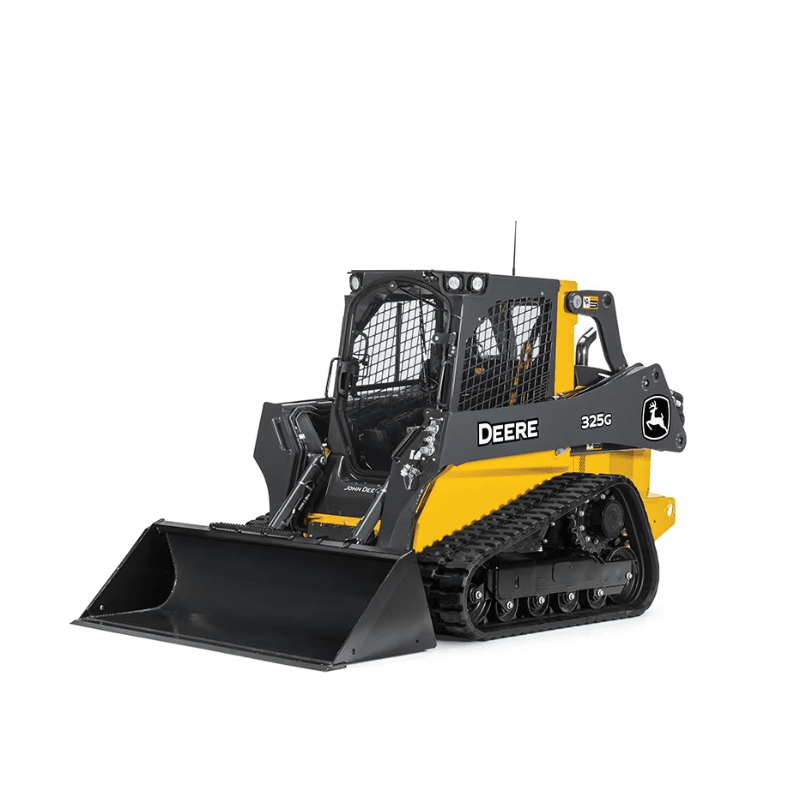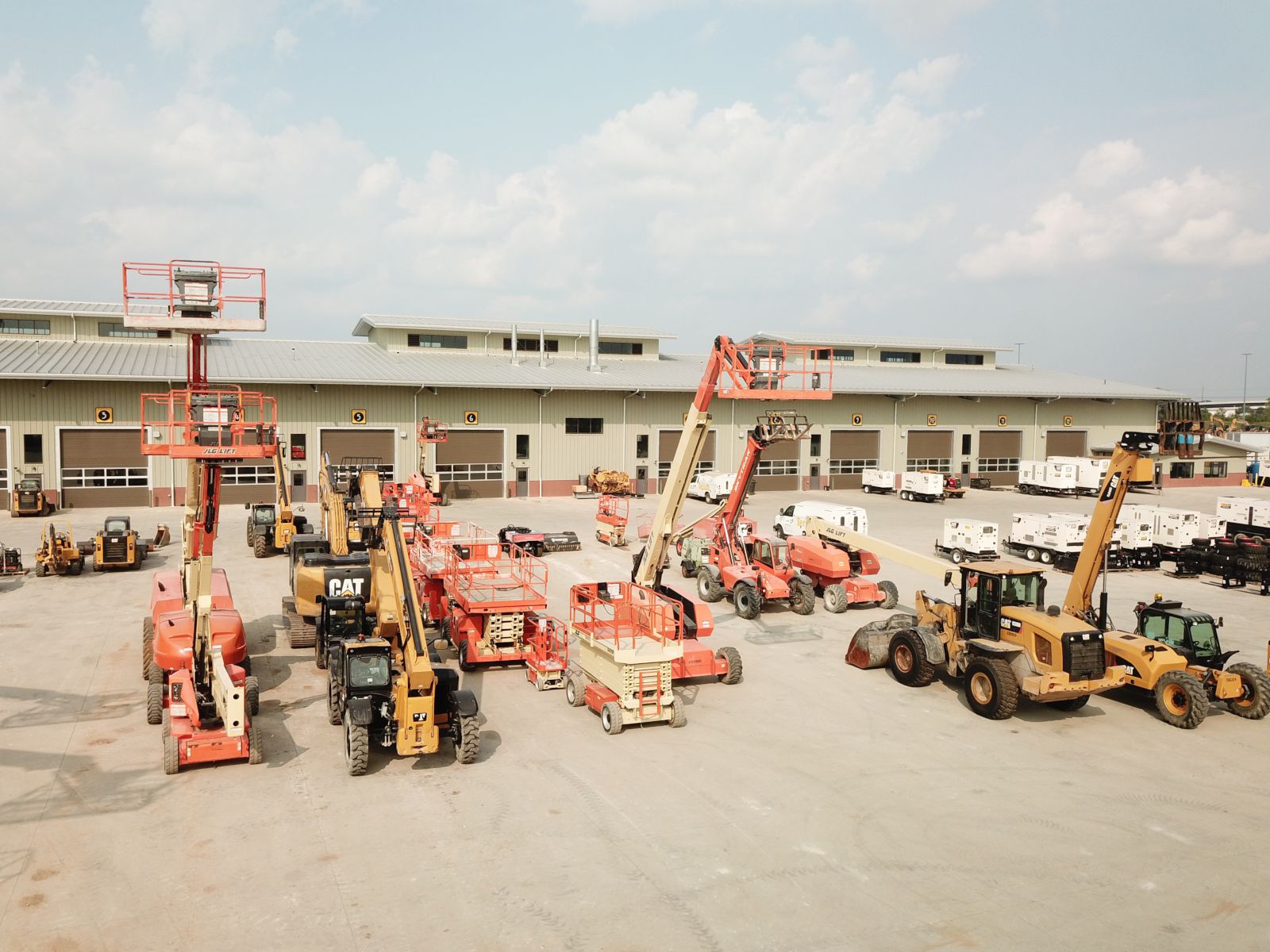Maximize Your Budget Plan by Comprehending the Prices Related To Construction Equipment Rentals
Comprehending the complete range of prices associated with building equipment rentals is important for optimizing your spending plan. While the first rental cost might appear uncomplicated, numerous additional expenditures-- such as transport, fuel surcharges, and upkeep-- can promptly gather, affecting your monetary preparation. Being mindful of numerous costs and the ins and outs of rental contracts can aid stay clear of unforeseen monetary concerns. What strategies can be used to successfully handle these costs and guarantee a more reliable rental experience?
Overview of Rental Prices
When thinking about construction tools leasings, understanding the linked prices is extremely important for reliable budgeting and job planning. Rental prices can differ substantially based on numerous elements, consisting of devices type, period of rental, and place. The initial rental charge typically mirrors the devices's market need and its associated functional capabilities, affecting the general expense.
In enhancement to the base rental price, ancillary prices may develop, such as transport fees, gas additional charges, and maintenance costs. It is important to make up these additional costs to precisely assess the overall price of renting devices. The rental duration can affect rates; longer rentals might qualify for discounted rates, while temporary rentals might incur higher daily charges.

Breakdown of Rental Rates
An extensive understanding of rental rates is important for professionals and job managers aiming to enhance their budget plans. Rental rates for building and construction tools commonly include a number of parts, consisting of base prices, time-based costs, and use fees.
Base rates are the core fees connected with the rental of the equipment, often determined by the kind and dimension of the machinery. These rates can vary significantly, affected by variables such as tools demand, accessibility, and regional market fads. Time-based costs, which might be daily, weekly, or monthly, offer to suit various job timelines and rental durations.
Additionally, rental rates might include use costs, which are relevant when devices is utilized past a specified limit, making certain that the rental firm can represent wear and tear. Seasonal need changes can also impact rental rates, with peak building and construction seasons typically regulating higher rates.
Furthermore, understanding the rental business's policies relating to maintenance and insurance policy can offer more insight right into the total expense structure. By assessing these elements, professionals can make informed choices, making certain the choice of rental equipment straightens with both project needs and budget restraints.
Additional Charges to Take Into Consideration
Understanding the ins and outs of added costs is crucial for specialists to handle their total rental expenditures effectively. Beyond the common rental rates, different auxiliary charges can considerably affect the overall price of tools rental. These charges usually Read More Here include shipment and pickup charges, which can vary based upon distance and logistics associated with moving the equipment to and from the task website.
In addition, some rental companies may enforce fuel surcharges if the devices is returned with much less fuel than when rented. It is also important to know prospective cleaning charges, particularly for customized devices that calls for extensive upkeep after use.

Thoroughly reviewing the rental arrangement and clearing up these additional costs in advance can help contractors ensure and avoid unexpected costs that budget plans stay intact throughout the task lifecycle.
Maintenance and Repair Costs
Regular repair and maintenance expenses are often forgotten aspects that can considerably influence the total expense of construction tools leasings. When renting tools, it is vital to think about not only the rental fees but additionally the prospective expenses associated with maintaining the equipment in ideal operating condition.
Several rental firms consist of basic upkeep as part of the rental agreement; nonetheless, a lot more unforeseen malfunctions or extensive fixings can result in added costs. It's important to assess the rental contract carefully to comprehend what maintenance services are covered and what duties fall on the tenant.
Furthermore, tools that is not well-maintained can result in ineffectiveness on the work website, possibly increasing and causing delays project costs. To mitigate these dangers, it is advisable to conduct normal assessments and keep open interaction with the rental copyright concerning any concerns that emerge throughout usage.
Insurance Policy and Responsibility Prices
Insurance policy and responsibility expenses are important elements that can substantially affect the overall expense of building devices leasings (aerial lift rental). These prices make sure that both the rental business and the client are protected from possible monetary losses occurring from accidents, damages, or theft during the rental duration

Furthermore, customers must recognize any construction equipment operators kind of deductibles or exclusions in the insurance coverage, as these can influence potential out-of-pocket expenditures. Understanding the conditions of any insurance policy coverage is crucial to avoid unanticipated expenses. Ultimately, budgeting for insurance policy and liability costs can help make sure a smoother rental experience and shield against economic risks connected with construction tasks.
Verdict
In final thought, a comprehensive understanding of the prices connected with construction tools rentals is necessary for reliable budget plan monitoring. By examining rental prices, extra costs, maintenance expenditures, and insurance policy people, needs and organizations can minimize unexpected expenses. This tactical technique not just enhances cost-effectiveness yet likewise makes certain that tasks progress smoothly and effectively. Eventually, educated decision-making regarding equipment rentals contributes to the overall success of construction endeavors.
Rental expenses can vary significantly based on numerous variables, consisting of equipment kind, period of leasing, and location (boom lift rental). The rental duration can affect pricing; longer services may qualify for affordable rates, while temporary leasings might sustain higher day-to-day fees
By conducting detailed research study and engaging with trustworthy rental companies, professionals can effectively browse the complexities of rental prices, ultimately optimizing their financial sources.
Beyond the common rental rates, different additional costs can significantly influence the total expense of tools leasing. Rental firms frequently give liability insurance policy that covers injuries to third celebrations or damages to residential property, while equipment damages insurance can cover the expense of fixings or replacement if the leased tools is damaged.